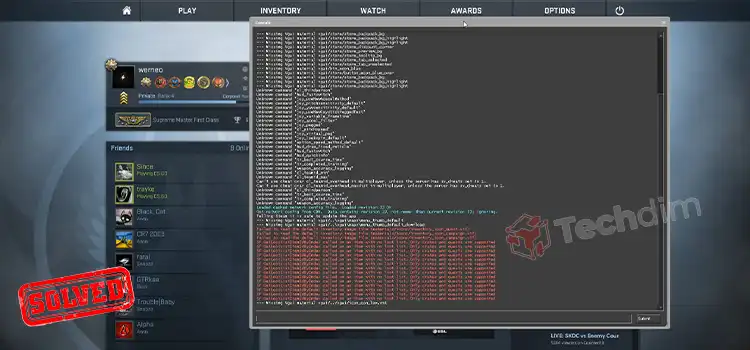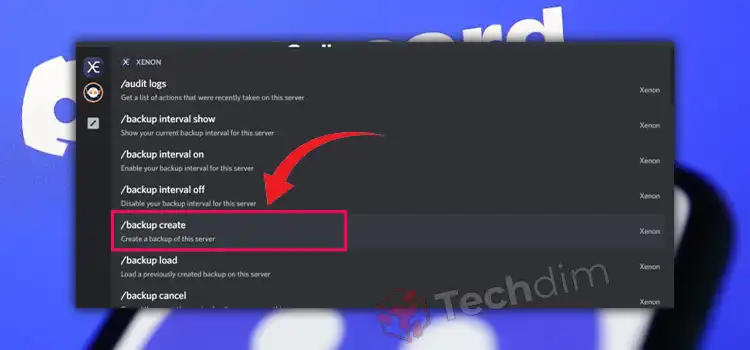Website Availability Issues and Website Monitoring to Deal With Those
Website availability is a thing that must not be neglected by a website owner or a webmaster, if there is one responsible for a website, by all means. Because this is the vital point for almost every single thing related to a website. Moreover, there is no one (or at least almost no one) who won’t want their website to be accessible to its users for as much time as possible. Therefore, it is very important to know how to deal with availability issues in the most efficient manner. But before that, it is important to understand some basics about it and about things that affect it.

Website Availability 101
First things first, website availability at its core usually consists of two things – uptime (along with downtime) and external accessibility. The former is the thing that’s taken into account by every single user and service related to a website. Because this is an internal issue with server-side availability. Simply speaking, uptime is the percentage of time that the server and website are available from the outside, and the time that the server and website are unavailable (downtime). It is possible to have it 99.99% at best, but usually, it is a bit lower. And it is worth mentioning that an uptime metric includes only metrics which are directly related to server hardware and software, so when those are up and running, uptime counts.
The latter thing, external accessibility, refers to the stable connection between the running server and the website’s users. Therefore, there will be a number of reasons why your website is unavailable to users despite being online and with high uptime. As a rule, various services and search engines don’t count those issues as ones that affect a website’s uptime. But those services will usually still take measures when a problem is massive and includes all of the website’s audience. Because for those services’ parsers your website will still be unavailable for a certain amount of time.

What are the Consequences of a Low Uptime?
Simply speaking, if your website uptime is low, it is very bad due to a number of reasons. First things first – search engines, as well as advertising and promotional services, will consider your website unreliable. Therefore, it will not only cause a temporary subscription suspension and exclusion from queues, but also a lowering of a website’s rating in queues. This will be followed by an obvious lowering in the number of incoming visitors to the website in question. And, obviously, this will lead to a lowering of the potential profit for a business that’s related to your website.
To top it off, no matter what reasons for unavailability there are, your regular users and customers could start considering your website as poorly maintained, therefore leaving you in search of alternatives. And the following result will be just the same – you will face an outflow of users as well as a lowering of your business’ income. Along with the massive reputational damage, of course.
Effective Way to Maintain Website Availability
One thing surely is a must for everyone who aims at the best uptime ratio of 99.99% – website monitoring. This is the best possible way to prevent most of the issues with availability. No matter whether those are uptime-affecting or not, without proper setup monitoring your website will face a dramatic downtime increase every time something serious happens. Because you or your hired webmaster will face a harsh routine of sudden need in diagnosing a problem. And this will take a lot of time if it wasn’t set up beforehand.
Therefore, it is important not to have a set of tools at hand, but to set it up before something happens and have it up and running round-the-clock. This thing leads everyone to one and only useful and effective method – to opt for a versatile monitoring platform with a variety of tools. As an example, you can try a multi-purpose website down checker 24/7 on host-tracker.com/en HostTracker service website. Being one of the best on the market, it will surely be useful. Not to mention that it has a 30-day trial subscription with little to no restrictions.

Website Availability Monitoring with HostTracker
Speaking of the usability of an automated monitoring platform, this is one of the best toolkits among competitors. And not only due to its wide set of tools to keep a website under constant surveillance. On top of its functionality, ranging from basic manual accessibility tests at host-tracker.com/en/ic/ping-test and up to various website database and content integrity checks, it has a wide access points network. Simply put, if you are unsure about whether there is a worldwide or local availability problem with your website, you can always try to check it using an access point in another region. And this platform has 140 of those entry points around the world.
In addition to its main functionality, HostTracker also has a number of tools to inform its users about occurring troubles. On one hand, there is an instant notification system that works with a variety of messengers to inform a person in charge about issues marked as critical for a website. And on the other hand, there is a service that will help a webmaster or a support team to trace various long-lasting issues. The statistics service gathers all info from checks and tests in one place and makes finding out unnoticed problems an easy task.
Most Frequent Website Availability Issues
Every experienced webmaster can easily fix any error that could cause your website to go down. This is because the webmaster knows where to focus their troubleshooting efforts. In most cases, all the causes of problems with the performance and stability of the website usually come down to a combination of several basic problems.
Server-side and Website Update Issues
One of the most common reasons for website crashes is update issues. And this could be related to both updating the website itself and updating the server part. It often happens that something goes wrong during an update or the updates themselves are unstable. As a rule, such issues happen right after the update or in a short time around it. But there are exceptions, of course, if there are problems with some features that are not used too often.
Server Hardware Issues
Server hardware malfunctions can cause the same amount of problems as software ones. Simply speaking, if some server parts are working unstable, there is a chance that things will go south instantly. But such issues are easy to find and prevent if you are monitoring server hardware with a tool like a 24/7 host status checker on the host tracker, considering that a hosting provider allows it.
Network Issues
This can be both a local problem on the side of end users in a particular region and a global one. There are a whole lot of things that could happen in the network between users and your website. From the inclusion of a website into a DNSBL blacklist and up to region-wide provider network outage. All of those will cut your website from its users. On a region-wide or even a worldwide scale.
Malware, DDoS, and Hacking Attempts
Security-related issues are usually server-side ones, and there’s a chance you’ll encounter one or two in your time as a website owner or a webmaster. Despite the fact that there are a lot of methods to prevent such things, like server-side antivirus software and DDoS protection measures. Sometimes those simply can’t handle the issue and things go south. Especially when you’re working with a shared server.
Subscribe to our newsletter
& plug into
the world of technology





